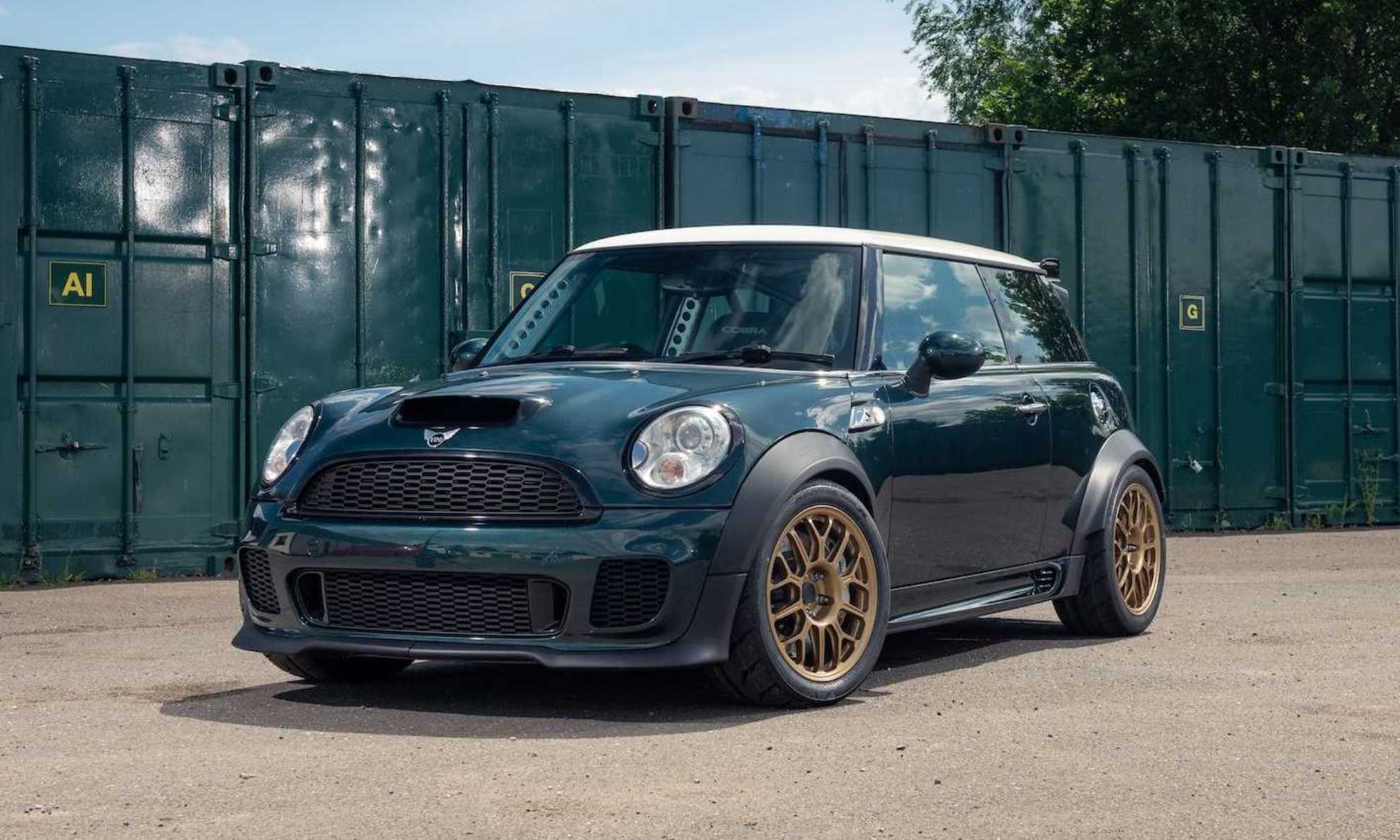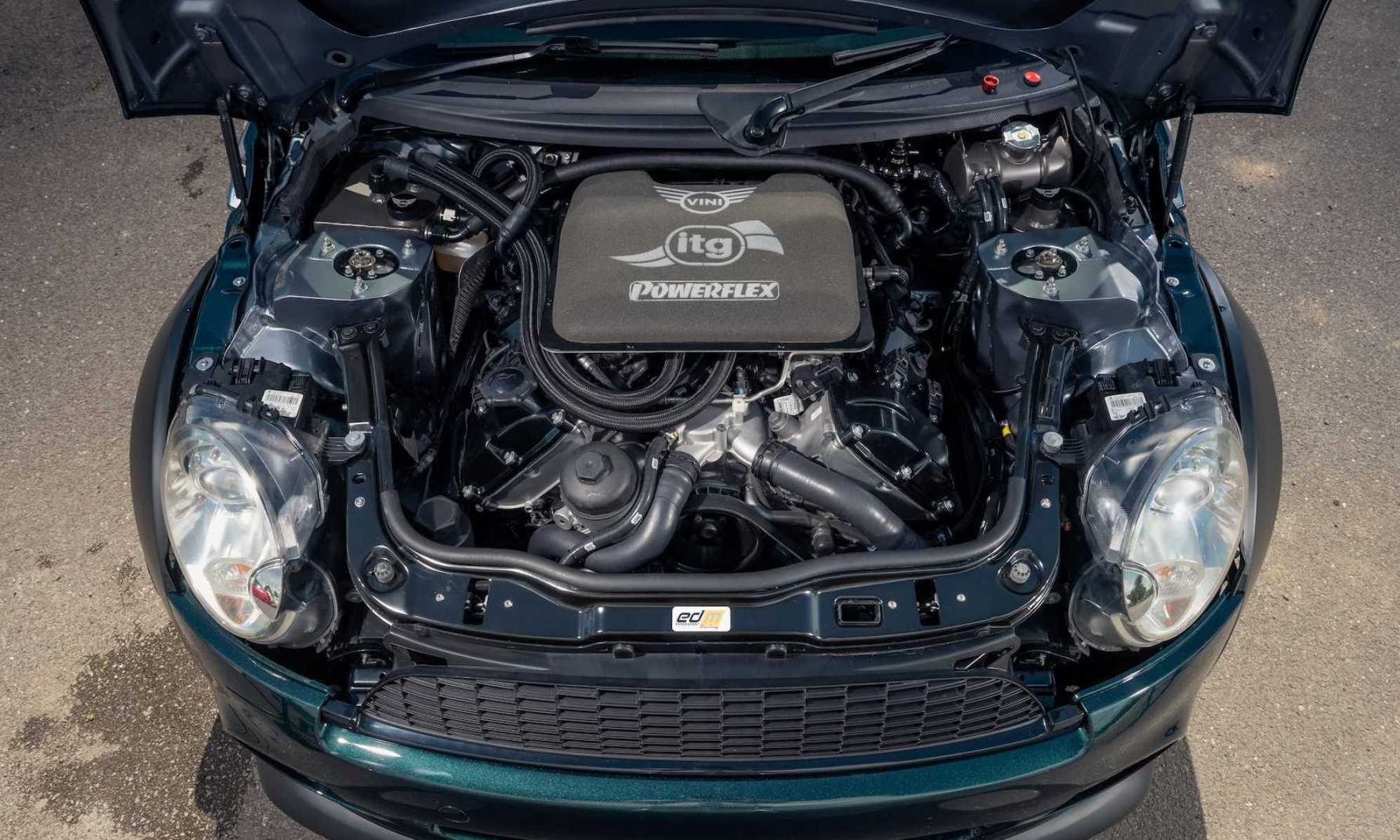Car guys are a strange bunch. So often they look at a car and think: You know what? This car would be so much better if we completely changed it. We can only imagine that’s the thought process that comes before the creation of something as a mad as a BMW V8-engined Mini.
Follow Double Apex on Facebook and Instagram, where we share more car content.
Yep, you read that right, this new-gen Mini packs a V8 motor under its stubby bonnet. The car took four years to build and made its debut at the Goodwood Festival of Speed taking place in England this weekend.
Order from our online store and take advantage of free delivery in South Africa on orders over R349.
Keeping it in the family
Of course, we know that the current owner of the Mini brand is BMW. Therefore, it seems only fitting that the guys responsible for this creation chose a BMW V8 for their project. They started with an R56 generation Mini and an S65 V8 motor, then decided to create one of the craziest Minis you’re ever likely to see.
Click here to read our driving review of the latest BMW M3.
The V8 was lifted from an E92 M3. It is a 4,0-litre motor that in stock form produced 309 kW. The same M3 also donated its M-DCT seven-speed gearbox. By slotting the entire powertrain into the small car they had to turn the Mini from front- to rear-wheel drive. Cue the smoky sideways action…
View our exclusive gallery of BMW bakkies by clicking here.
Custom-made
To accommodate the change from front- to rear-wheel-drive they had to fabricate a custom floor and transmission tunnel to host the V8 and transmission. The car also features an integrated roll-cage, a custom fuel cell, custom intake, and stainless steel exhaust. Other upgrades include massive brake discs with Alcon six-piston calipers that are suspended by Bilstein/Eibach adjustable coilovers.
Check out another mental Mini at this link.








![[UPDATED] Mazzei Formula Five Is One Man’s Obsession](https://doubleapex.co.za/wp-content/uploads/2024/08/Mazzei-Formula-Five-500x383.jpg)
Leave A Comment